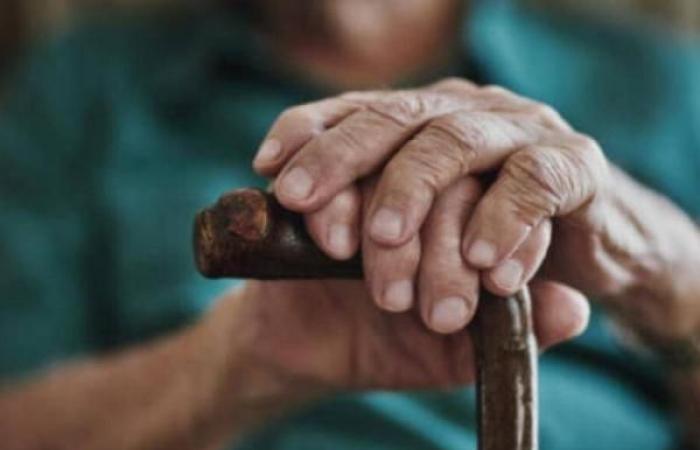This week the legislature in Colombia ended The pension reform received approval in Congress. The project managed to avoid the conciliation process and take the direct step to presidential sanction after the House of Representatives accepted the text approved by the Senate.
(Read more: ‘Express approval’: pending points left by the pension reform, according to Asofondos)
To better understand how this initiative changes the rules of the game of the Colombian pension system, the Law program at the University of San Buenaventura presented a report that analyzes the good and bad of the project.
Below we present the key questions and answers to stay up to date with the pension discussion.
The reform proposes a transition regime to protect the rights of those approaching pension age. That is, the purpose of this is that those who meet a series of requirements can retire under the rules established in Law 100.
In this way, women who have been contributing for more than 750 weeks (15 years) and men who have been saving for more than 900 weeks (17 years) will be able to continue in the current regime. If these conditions are not met, those mentioned in the new law will apply.
The pension It also defines a contribution threshold, which is around 2.3 minimum wages. Thus, if a person has income of this value or less, everything must be contributed to Colpensiones; If he earns more, the surplus must be contributed to a private fund.
On the other hand, the initiative ratifies what was previously defined by the Constitutional Court regarding women’s contribution weeks. In that sense, The text proposes that the contribution time be reducedgoing from the current minimum of 1,300 trading weeks to 1,000.
The text also defines that older adults who are vulnerable populations and who do not have the right to a pension They will receive a solidarity income. In other words, they will be granted a monthly money transfer, value or amount that will be around 25% of the current minimum wage.
Pensions.
EL TIEMPO Archive
(Read more: Education and Labor, the new priorities in the Petro Government reforms)
Are there enough resources?
The San Buenaventura report highlights that, although the reform stabilizes the critical situation of the payment of current pensions of Colombians for about 15 to 20 years, on average, the system would still not be entirely sustainable over time.
The reason? According to Javier Villamizar, director of the law program at this institution, “Today’s pensioners’ allowances are paid with the affiliations of young people. However, if the country’s population decline is taken into account, where fewer and fewer boys and girls are being born, there will be no way to cover new pensions in the long term. “Well, there won’t be as many people working and contributing to the system.”
On the other hand, Villamizar mentions that, with the changes brought about by the project, the private regime will manage fewer resources than it currently manages. “This is because of the 22.7 million Colombian workers who currently contribute to the pension system, according to figures from the MinTrabajo, approximately 19 million earn less than 2.3 minimum wages, leaving private funds to manage only 3 million members, when they were used to managing half of the system with the individual savings regime”, explains the expert.
Pension in Colombia
iStock
(Read more: Forced investments have already been attempted and had to be dismantled: what effects did they have)
On the positive aspects, the report indicates that with the establishment of a contribution threshold, will ensure that resources are released so that Colpensiones pays both current and future pensions. At least for two more decades.
Another point that stands out is that the initiative will encourage the AFPs to improve the conditions of financial returns on the savings of its members. In addition, it will improve the quality of life of the poorest and most vulnerable older adults with the solidarity income mechanism.
Also added to this list is the reduction in the number of weeks of contributions required for women to reach retirement.
On the negative side, the San Buenaventura report mentions that the implementation of this law could contract transaction volume and the size of the stock market.
“When someone saved for their pension in the private regime, their money was invested in securities funds, industries or the real estate sector, generating profits for many actors in the pension system. With the contribution threshold that is proposed, individualized accounts will be significantly reduced. , since it is practically 80% of the contributors, in a country where the average salary that a worker receives is two million pesos”, stands out.
Added to this is that the project It would not solve the underlying problems of the current pension system. This includes: the lack of contributors due to the high labor informality and the decrease in the country’s birth rate.
(Read more: Pension overview: Colombia begins the week with a new pension system)
BRIEFCASE







